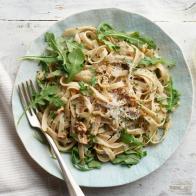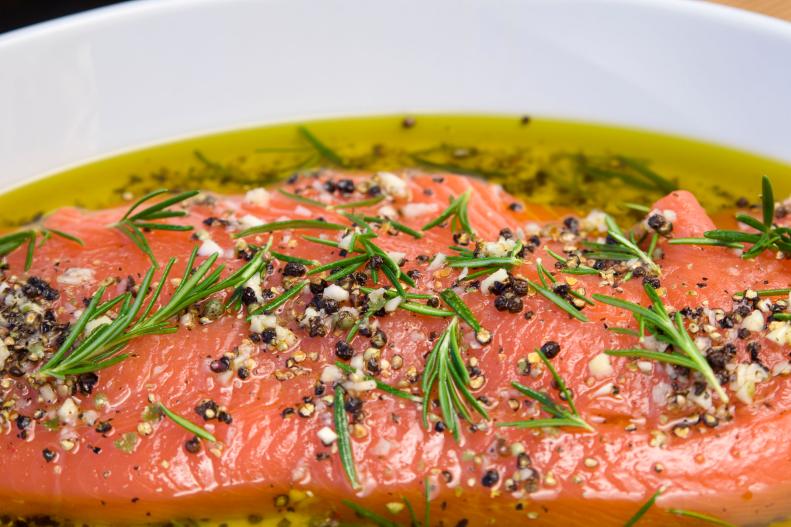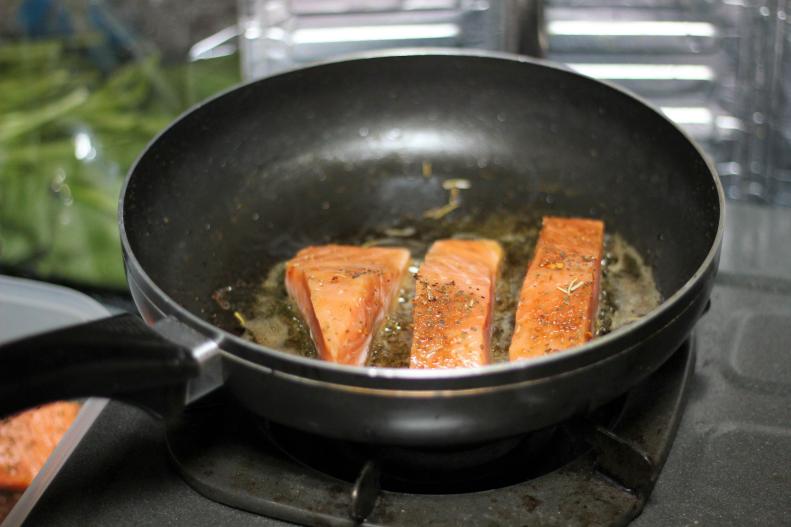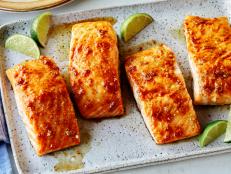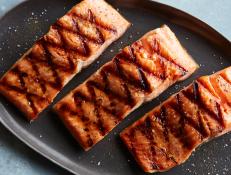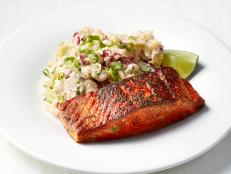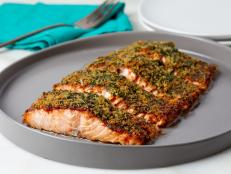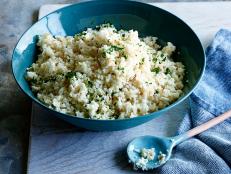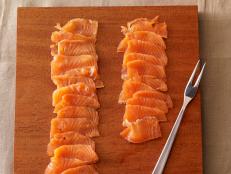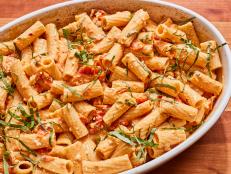1 / 9
Photo: Malorny/Getty Images
Cook Salmon Like a Pro
Salmon is rich, flavorful and packed with so many excellent nutrients that lots of us vow to cook it more often. Its luscious texture comes from a high fat content, making it one of the easiest and most versatile fish to cook, but beware: Even confident cooks can make simple salmon mistakes and end up with a disappointing meal. Here's what you might be getting wrong and how to easily fix it next time. — Alice K. Thompson for Food Network Kitchen
